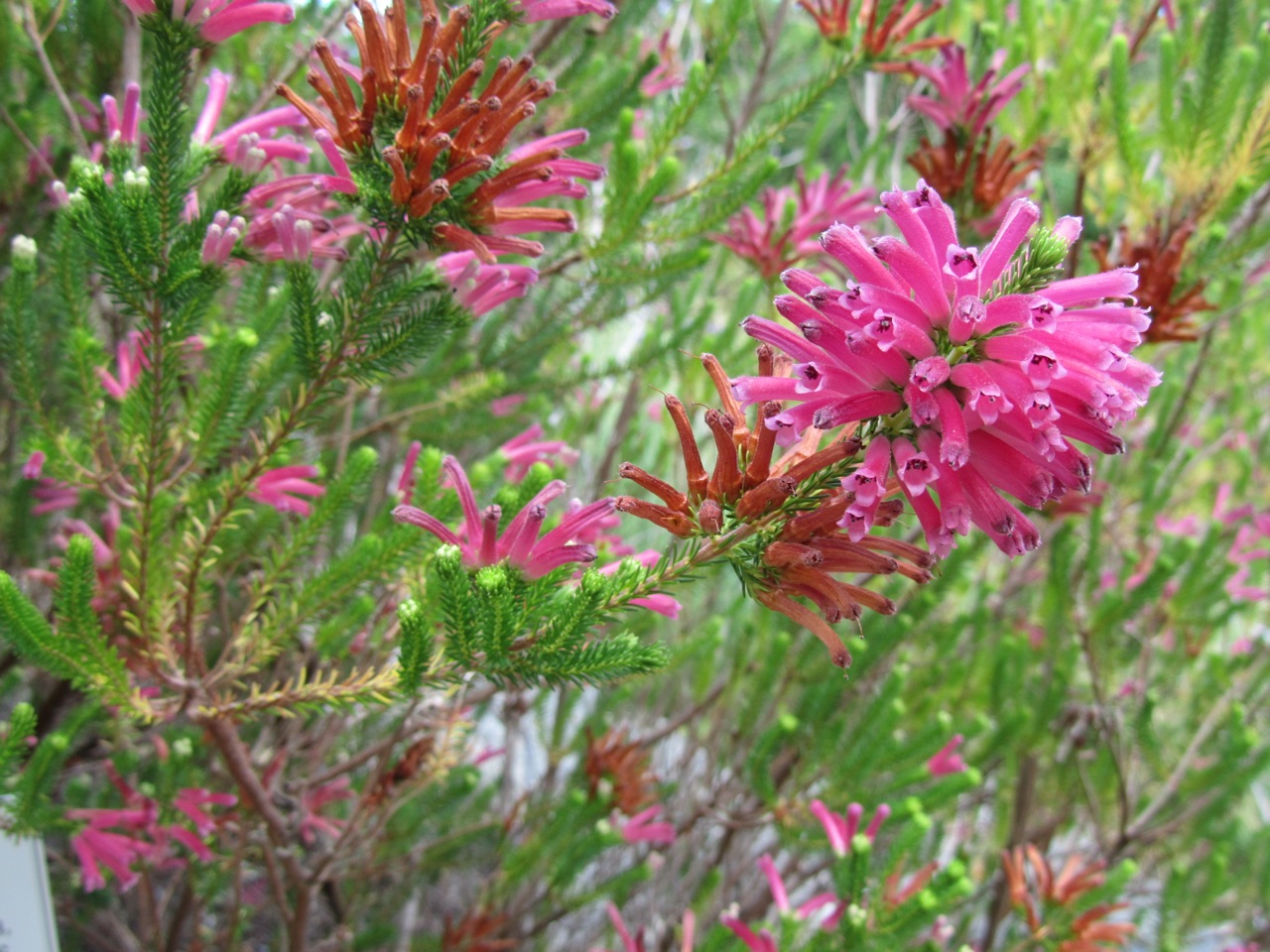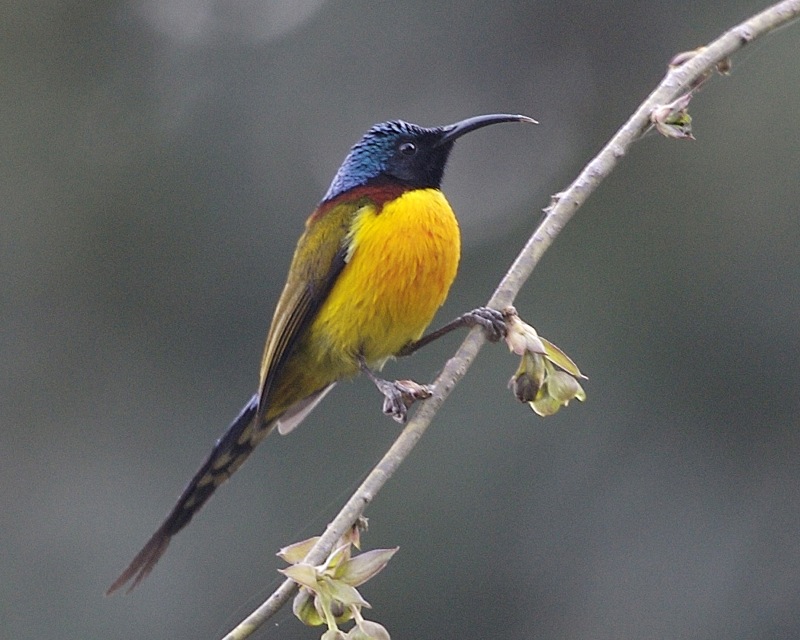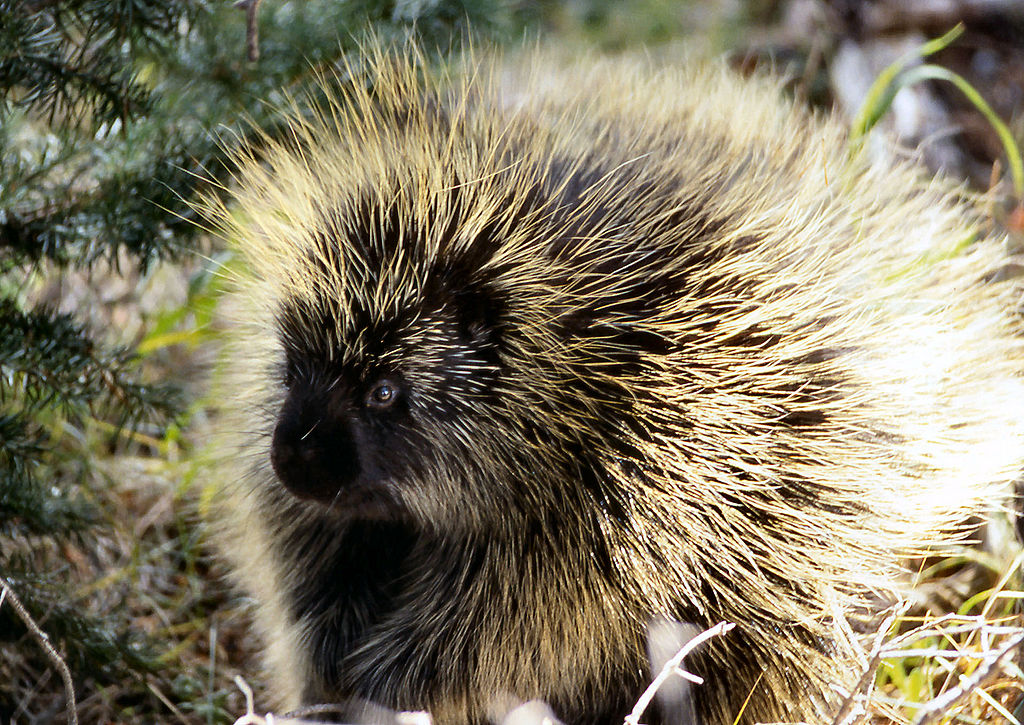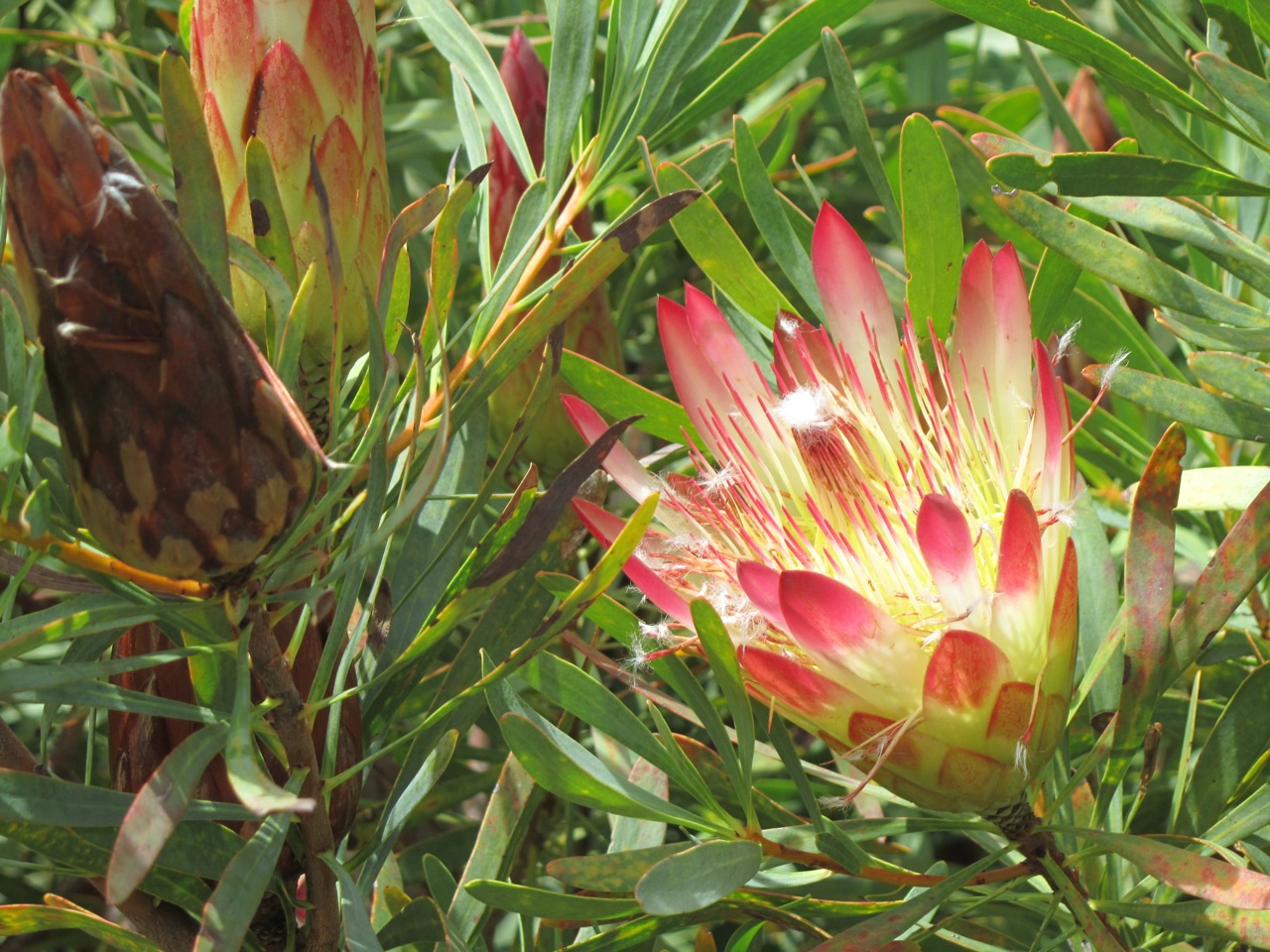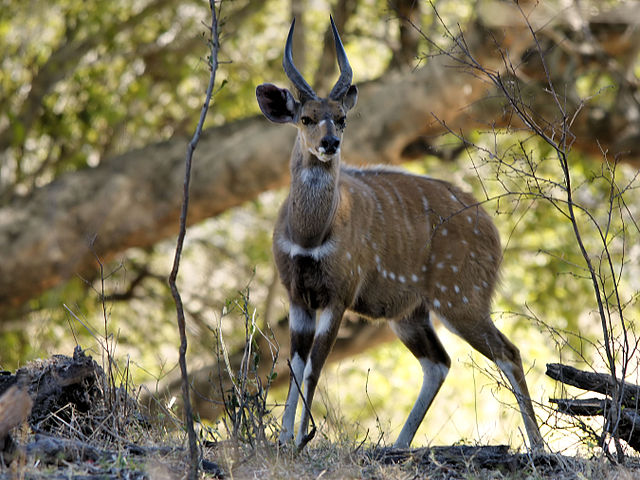MEDITERRANEAN FOREST, WOODLAND, AND SCRUB FOREST
LOCATIONS
ECOLOGY POCKET GUIDE SUMMARY
The Mediterranean Forest, Woodland, and Scrub Forest ecoregion thrives in regions marked by hot, dry summers and cool, wet winters. This biome is a master class in water conservation and fire adaptation, with flora that has evolved to not only survive but flourish in environments prone to drought and periodic fires. For designers and planners, this ecoregion highlights the importance of creating systems that manage water efficiently, withstand seasonal extremes, and integrate fire-resilient materials. The rich biodiversity of Mediterranean landscapes, characterized by sclerophyllous trees, shrubs, and herbaceous plants, offers inspiration for designing urban landscapes and structures that balance beauty with resilience. From green roofs that mimic Mediterranean woodlands to xeriscaping in urban developments, the lessons of this ecoregion encourage low-water-use designs that reflect nature's ability to thrive in scarcity.
ECOSYSTEM FRAMEWORK
Mediterranean Forest, Woodland, and Scrub Forest
Abiotic Components: The Mediterranean climate is defined by hot, dry summers and mild, wet winters. Rainfall typically occurs during the winter months, with annual precipitation ranging from 250 to 1000 mm, depending on the region. Soils in this ecoregion are generally shallow and nutrient-poor, often rocky or sandy, which limits water retention. The intense summer heat, combined with limited rainfall, creates conditions where drought is common, shaping the vegetation and wildlife that can survive here.
Biotic Components: Vegetation in Mediterranean forests is adapted to conserve water and resist fire. Dominant plant species include sclerophyllous trees such as oaks and pines, as well as shrubs like rosemary, lavender, and sage. Many plants have thick, waxy leaves to reduce water loss and deep root systems to access underground moisture. The fauna includes a mix of herbivores, such as deer and wild goats, as well as carnivores like foxes and birds of prey. Many animals are nocturnal to avoid the intense heat of the day, and species such as tortoises and lizards thrive in the dry conditions.
Trophic Structure: The food web begins with the hardy, drought-resistant vegetation that serves as the primary producers in this ecoregion. Herbivores, including small mammals and browsing species, feed on leaves, fruits, and shrubs, while carnivores like wolves, foxes, and raptors prey on these herbivores. Decomposers, such as insects and fungi, break down organic material, returning nutrients to the nutrient-poor soils.
Nutrient Cycles: The Mediterranean climate’s seasonal nature affects nutrient cycling, with the wet season triggering plant growth and nutrient uptake, followed by slower processes during the dry summer. Fire is a crucial element in nutrient cycling in this ecoregion. Many plants have evolved to withstand periodic fires, which clear away dead vegetation and release nutrients back into the soil. Fire also creates opportunities for new growth, with certain seeds requiring the heat of fire to germinate.
Interactions: Interactions within Mediterranean ecosystems are shaped by competition for water and the threat of fire. Plants often have deep root systems to access water, which can create competition between species. Mutualistic relationships, such as pollination by insects and birds, are crucial for reproduction, while some animals, such as wild boars, play a role in seed dispersal. Fire-adapted species rely on periodic burning to maintain their ecological niches, clearing space for regeneration.
Adaptation and Resilience: The resilience of Mediterranean ecosystems lies in their adaptations to both drought and fire. Many plant species have thick bark, waxy leaves, and root systems designed to survive fires or regrow quickly afterward. Similarly, plants such as oaks and pines have developed fire-resistant traits, while others, like some types of shrubland, regenerate from fire-stimulated seeds. For designers, this resilience offers models for creating landscapes and buildings that can withstand and recover from environmental stressors.
System Boundaries and Scale: Mediterranean forests are found in specific regions around the world, including the Mediterranean Basin, California, parts of Chile, South Africa’s Cape Region, and southwestern Australia. These areas share similar climates and have developed distinct but parallel ecosystems. The boundaries of this ecoregion are determined by climatic conditions, with sharp transitions into more temperate forests or arid desert regions depending on geographic location.
Additional Ecologically Integrated Design Considerations
Withstand regular fire events and allow fire to serve its purpose as a restorative force
Respect natural zoning areas defined by diverse soil typologies and vegetal cover
Promote biological corridors with adjacent properties
Promote water-based riparian habitats
Identify and deal with threats provoked by alien and invasive species
REFERENCES
Keeley, J. E., & Bond, W. J. (2001). On Incorporating Fire into Our Thinking about Natural Ecosystems: A Response to Saha and Howe. American Naturalist, 158(6), 664-673.
Rundel, P. W., Montenegro, G., & Jaksic, F. M. (Eds.). (1998). Landscape Disturbance and Biodiversity in Mediterranean-Type Ecosystems. Springer.
Arroyo, M. T. K., & Fox, M. D. (1990). Mediterranean-Type Ecosystems: A Global Perspective. Ecology and Biogeography of Mediterranean Ecosystems in Chile, California, and Australia. Springer-Verlag.
Keeley, J. E., & Fotheringham, C. J. (2000). Role of Fire in Regeneration from Seed. Plant Ecology, 151(1), 87-97.
Specht, R. L. (1988). Mediterranean-Type Ecosystems: A Data Source Book. Springer.



